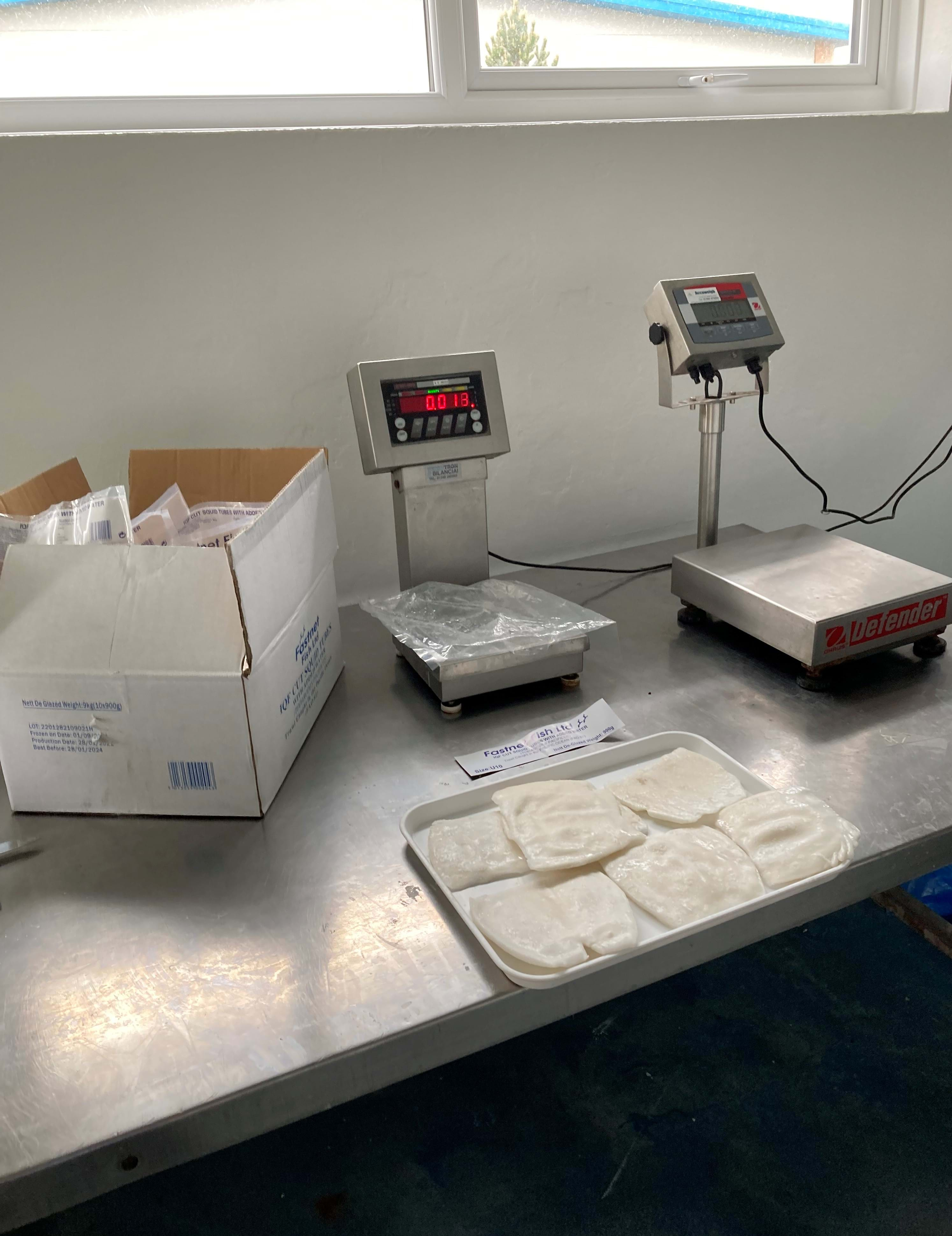The five most asked questions about the Plastic Packaging Tax
The new Plastic Packaging Tax is an important new regulation that the seafood sector needs to understand.
It will directly affect seafood businesses that import or manufacture plastic packaging components for use in the supply chain or for single use by the consumer. These businesses may be directly liable for the tax. However, it will also have a significant impact on seafood businesses that purchase plastic packaging from UK-based suppliers – as these businesses, though not directly liable for the tax, will need to show due diligence and ensure it’s been accounted for in their supply chain.
Stakeholder feedback indicates that businesses without software and technical specifications to help them manage the implications of this tax are likely to find the due diligence requirements challenging; HMRC is clear that businesses cannot rely on estimated tonnage to comply with this tax and a more precise approach is needed. The administrative resources needed to comply must be added to the production costs associated with non-recycled plastic packaging.

At Seafish, we’ve been keen to ensure that the sector has the support it needs in getting to grips with this new regulation. We’ve hosted multiple webinars – including one with HMRC present to answer attendee questions – and have now published bespoke guidance to help the seafood sector comply.
Here are the five most asked questions we’ve had from our webinars and chats with businesses:
1. Once a business meets one of the two tests, is Plastic Packaging Tax due on all its tonnage?
A: This depends on which of the tests has been applied. If the forward look test’s applied, Plastic Packaging Tax is due on all components manufactured/imported on or after the date when the business knows it’ll reach the 10-tonne threshold in the next 30 days. If the backwards look test is applied, Plastic Packaging Tax is due on all components manufactured/imported on or after the first of the calendar month after the month in which the threshold is reached.
2. From 1 April 2023, the 12-month timeframe for the backwards look test will be a rolling one. Does this mean a business could fall in and out of the requirement to report?
A: If a business has met the conditions of the backwards look test on any given date, it must register for the tax and complete quarterly returns for at least 12 months. It would not be acceptable for a business that meets the backwards look test on 1 April 2023 to refrain from registering, on the basis that it will not meet the same test on 2 April 2023. If a business does not meet the liability conditions for a period of at least 12 months, they can request for their registration to be cancelled, as per the Finance Act 2021 s57.
3. Are expanded polystyrene boxes for fresh seafood products in scope?
A: If the fish boxes are not primary or secondary packaging and they’re being used to transport multiple sales units and prevent damage during transportation, they’re covered by the exemption for transport packaging on imports and are not in scope. However, the boxes would not be covered by the exemption where they’re normal packaging around a sales unit or number of sales units and can be sold as such to the end user or consumer. This is reflected by HMRC guidance.
4. Are reusable boxes in scope?
A: HMRC has confirmed that a box being reusable does not prevent it from being in scope. So, these components are in scope unless they amount to transport packaging on imports or some other exemption applies. For example, because the component is 30% or more recycled.
5. Can compliance procedures for packaging waste regulations be used to comply with the Plastic Packaging Tax?
A: Some businesses may be able to use the same software for the Plastic Packaging Tax as what they’ve been using for packaging waste regulations. However, any businesses that have been using estimations based on turnover to calculate packaging waste won’t be able to take this approach to the Plastic Packaging Tax. HMRC is clear that estimates are not acceptable when weighing plastic packaging components for purposes of the new tax.
Further information
Visit our Plastic Packaging Tax guidance webpage for further Q&As and a recording of a webinar we held with HMRC.
If you would like to know more on how the Plastic Packaging Tax guidance might affect your seafood business, please contact Jack via email at jack.simpson@seafish.co.uk or call 07940 545 567.